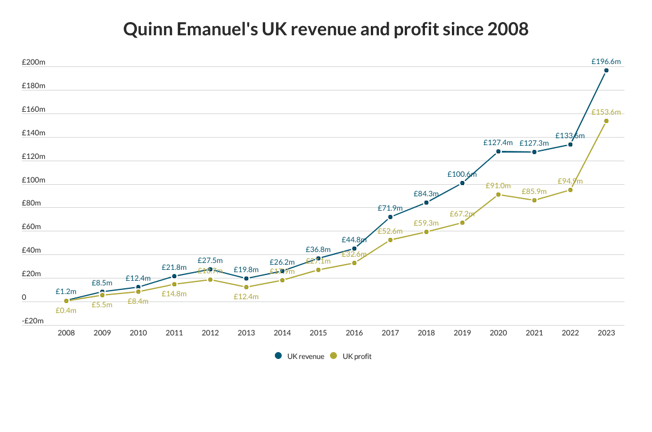Every now and then I write an article that creates a burst of excited opinion and animated discussion and last month’s Excellent Customer Service was one such piece – clearly all these articles are obviously the stuff of pure magic but some surpass themselves! And the point that caused so much animated conversation – the manner in which email sign-offs have become at best bland and at worst non-existent.
There will be some now who are thinking, ‘Oh here we go, another digital immigrant who started their working life when email was science fiction and formal letters were penned with a quill… blah blah blah.’ But to many people, these things do matter especially in a professional world where one aspect of excellent customer service is an attention to the little things.

It was the valedictory sign off that exercised debate. With informal emails to clients and colleagues you know well you can take your lead from them, but with those you know less well take more care. The overwhelming opinion is that if you simply cannot be bothered to attend to the proper and polite manner of ending a message, then that says much about the level of care for your recipient.

Is ‘KR’ really appropriate? How much longer does it take to tap ‘a’, ‘n’, ‘k’ and ‘s’ in ‘Thanks’ rather than ‘Thx’? What does ‘Best’ actually mean here all by itself? Of course we all know, but would it not demonstrate a little something more by adding ‘With my best wishes’?
As for some others: ‘Regards’ is acceptable but seems fairly anodyne; ‘Rgds’ – see ‘KR’ above; ‘Warm regards’ – maybe it’s just me but this implies that there is more than one level of regards. At what point does that progress to ‘hot regards’?
Of course, no one is saying that you need to follow Andy Burnham’s fawning and much-ridiculed sign-off to the Prince of Wales, ‘I have the honour to remain Your Royal Highness’ humble and obedient servant’ although the attention to proper procedure is admirable, but whatever you choose, the important point is that it looks like you have made an effort and so to the final point and one which universally irritated – not writing your name.
Almost all of us will have an email signature – name, job title, contact details, possibly a logo and then the ubiquitous disclaimers and exhortations to consider the environment and so on.
Please do not use this as your sign off. It is akin to writing a formal letter and leaving the space below your final line and above your printed name completely blank and it looks incomplete. ‘Oh it’s only an email and no one bothers about that these days.’ Well, some do and it’s the little things that go a long way and stand out that will set you apart, and the level of comment on that very point from so many readers at all levels bears witness to that.
With my best wishes,
Luan
Luan de Burgh of the de Burgh Group is a professional public speaker and presentation coach. More of his articles can be read here



























